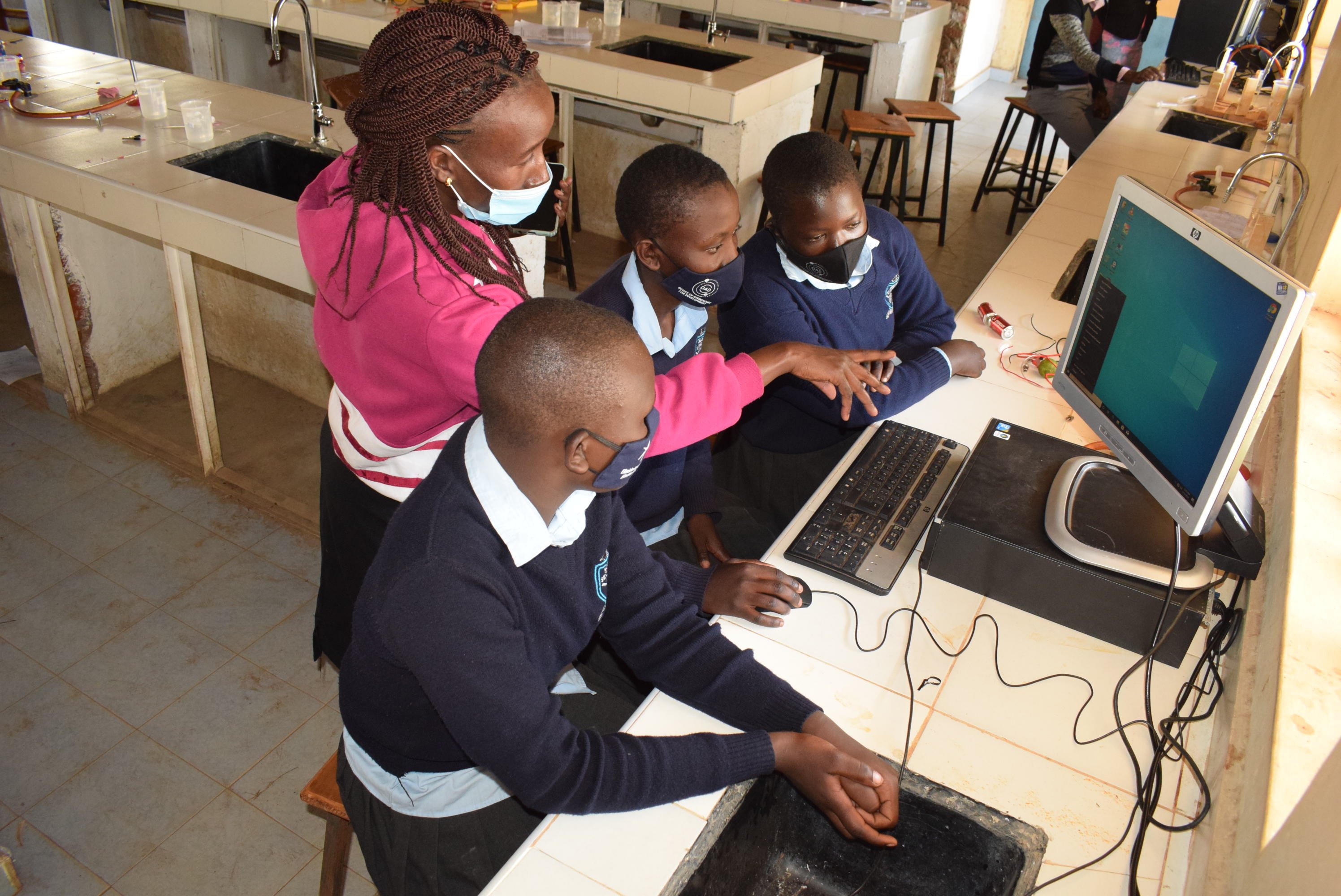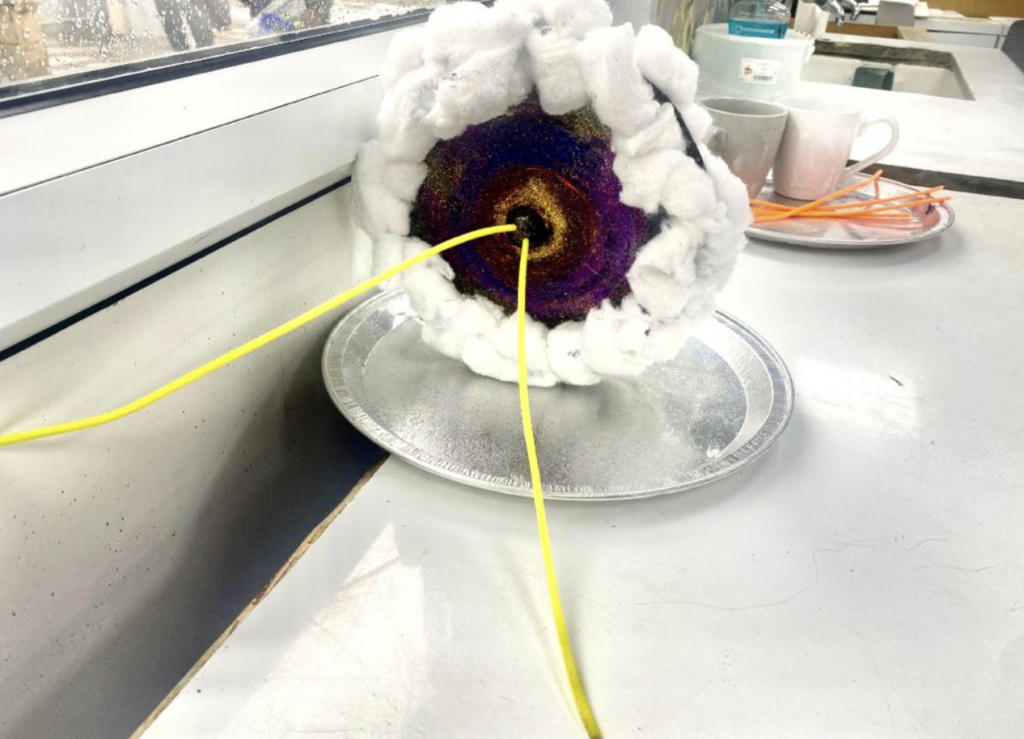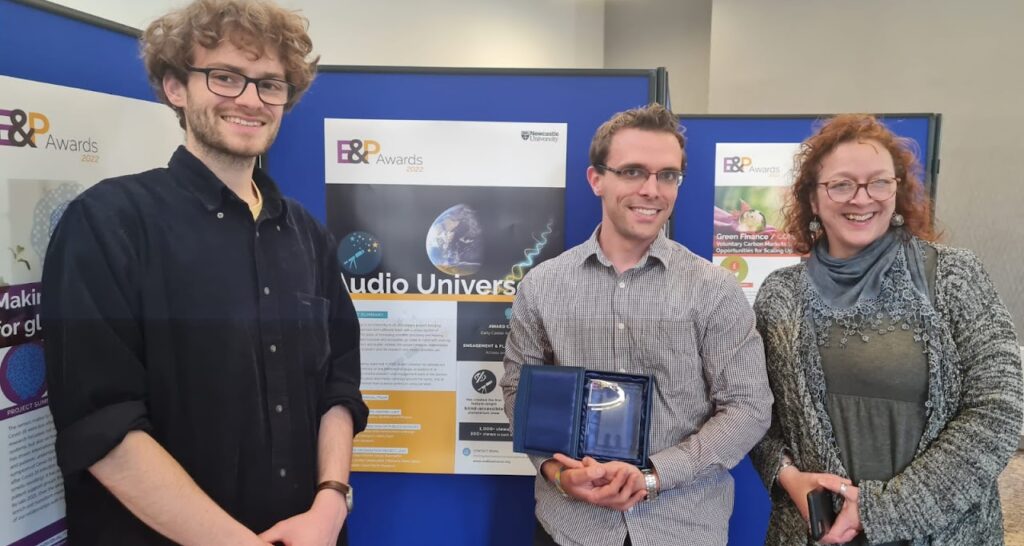
Dr Ann Njeri’s recent press release article discusses the issue of keeping Kenyan girls in education and what can and is being done to help address it. Statistics shared by Dr Njeri in her article paint a clear motivation behind the importance of tackling this problem, such as the fact that only 18% of Kenyan women aged over 25 have completed secondary education. Fortunately, the Elimisha Msichana, Elimisha Jamii (EMEJA) foundation, founded by Dr Njeri, is working to solve this issue, by tackling contributing problems such as misconceptions about STEM among young schoolgirls, through the hosting of Astro-STEM workshops and mentorship programmes, as well as much more. However, as Dr Njeri points out, more help and deeper institutional change is needed to fully solve this problem. To find out more about what is causing low academic retention among Kenyan schoolgirls, the work of EMEJA, and what more can be done to help, see her full article linked below.
https://from.ncl.ac.uk/helping-more-girls-complete-basic-education-in-kenya




